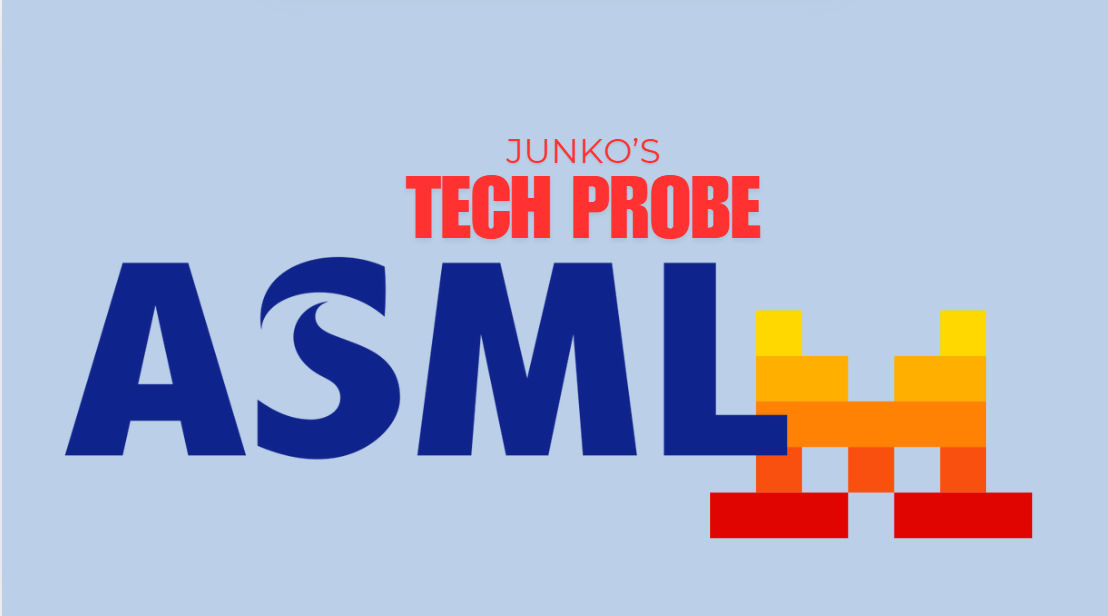Why Does ASML Want Mistral AI?
In normal times, a semiconductor lithography tool vendor and an AI startup developing AI foundation models would be considered strange bedfellows. So, what’s ASML’s motivation?
ASML, the world’s largest semiconductor manufacturing equipment supplier, is planning to become the top shareholder of French AI startup Mistral AI, according to Reuters.
What’s ASML’s motivation?
In normal times, a semiconductor lithography tool vendor and an AI startup developing AI foundation models would be considered strange bedfellows. They operate in business domains so different that they might well occupy two separate universes.
But look closely. Connecting the two are “AI” and each company’s “pedigree.”
In an AI-driven world, they are two champions -- born and raised in Europe.
Today’s market would stall without advanced AI chips, whose production is heavily reliant on ASML’s leading edge lithography technology. No wafer fab equipment suppliers in the world can match what ASML offers.
Among a number of AI companies working on AI foundation models, Mistral is among France’s most promising AI tech startups. It is considered ready to go toe to toe with OpenAI.
Providing air cover for—or justifying ASML’s interest in Mistral—is the idea of "tech sovereignty,” one of the trendiest political and economic concepts in the post-globalization era.
I got in touch with Yole Group, a Lyon, France based market intelligence company, to seeks out analysts fluent in the technology/ economy/ politics vortex in Europe.
Pierre Cambou, Yole Group’s Principal Technology and Market Analyst for Global Semiconductors, views ASML machines “as probably the most complex engineering marvel and a pinnacle of human skills in this field.” He predicts that AI will become the key ingredient for ASML’s innovation efforts. “The next logical step will involve AI in the making.”
For ASML, Cambou noted, “Investment in the LLM space is a way to have first-hand access to market knowledge and technology knowhow.” It also means access to the people behind the AI startup.
ASML is committing 1.3 billion euros ($1.5 billion) to Mistral’s 1.7 billion euro ($2 billion) fundraising push. ASML is expected to get a board seat at Mistral, according to Reuters, which cited anonymous sources.
In theory, ASML could have invested in any AI software company owned by the US giants or in China’s DeepSeek, said Cambou. “But that would have been hazardous in terms of sovereignty.”
ASML could have focused on chip startups to shore up its position with AI semiconductors, he added. But that might set up a competitive clash “with their current integrated device manufacturers like Intel.”
Taguhi Yeghoyan, Principal Analyst for Semiconductor Equipment at Yole Group, pointed out, “ASML always invested early on crazy projects to capture their own supply chain.” That strategy has helped control the technology for ASML’s own use, as well as access by competitors.
Looking ahead, Yeghoyan is concerned that “ASML sales could become shaky” if the market fears EUV overcapacity. Another worry is that the technoloy might reach a stage where the scaling of electronic system performance will depend less on lithography, and more on deposition/etch. She said, “ASML needs to invest in other sources of income. Software is a great opportunity.”
Cambou is optimistic about ASML’s eventual use of AI technology for R&D and future projects.
His optimism also derives from the quality of Mistral’s scientists who could help ASML executives make decisions about directions in the market and technology.
Clearly, Europe is loath to miss the opportunity to lead the world in AI — whether in chip making or software. Given that the impetus for ASML’s investment in Mistral did not come from the bureaucratic European Commission, Yeghoyan trusts that ASML can move quickly.



